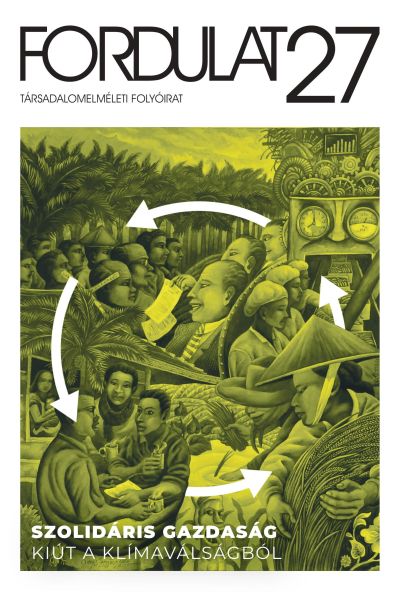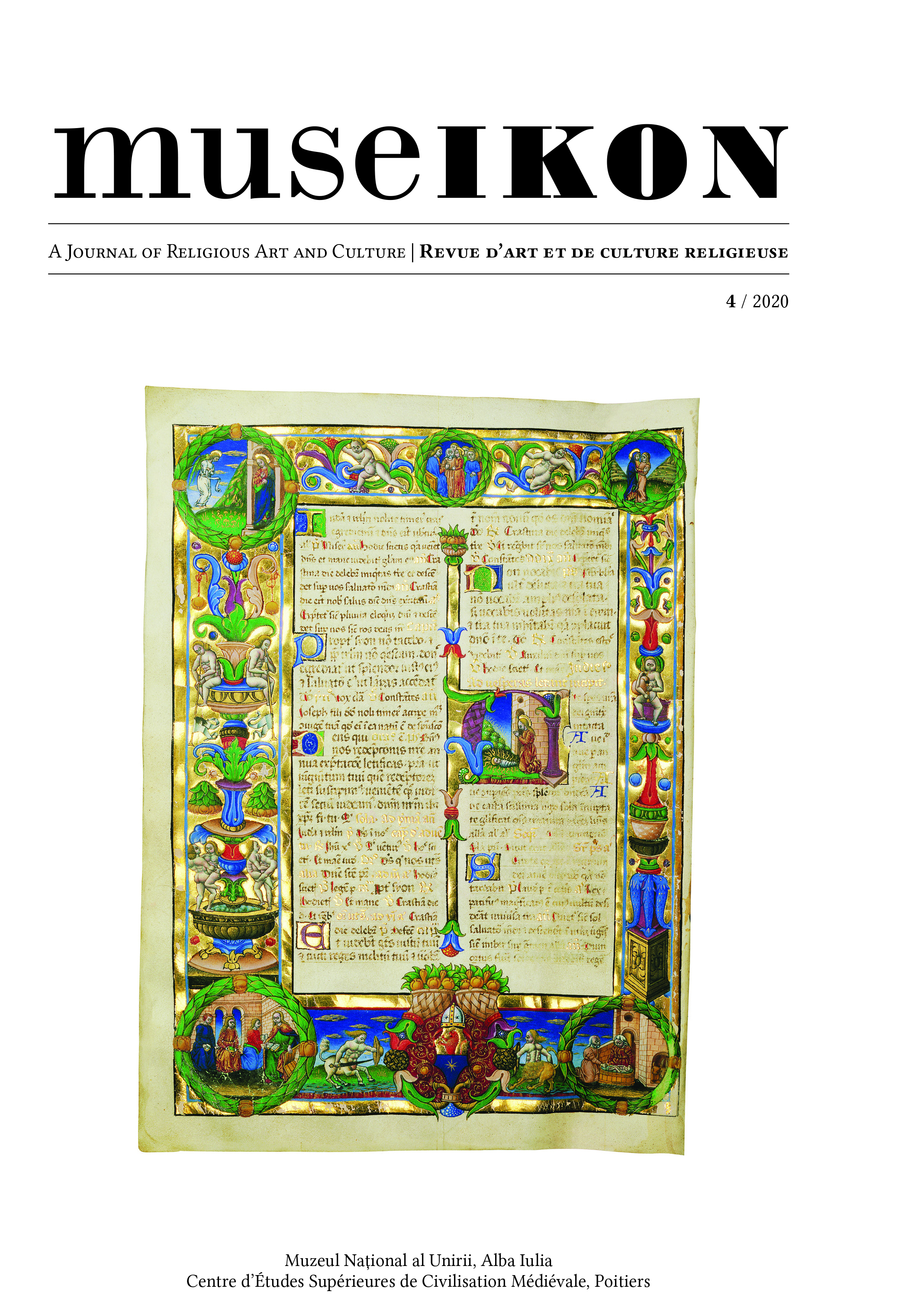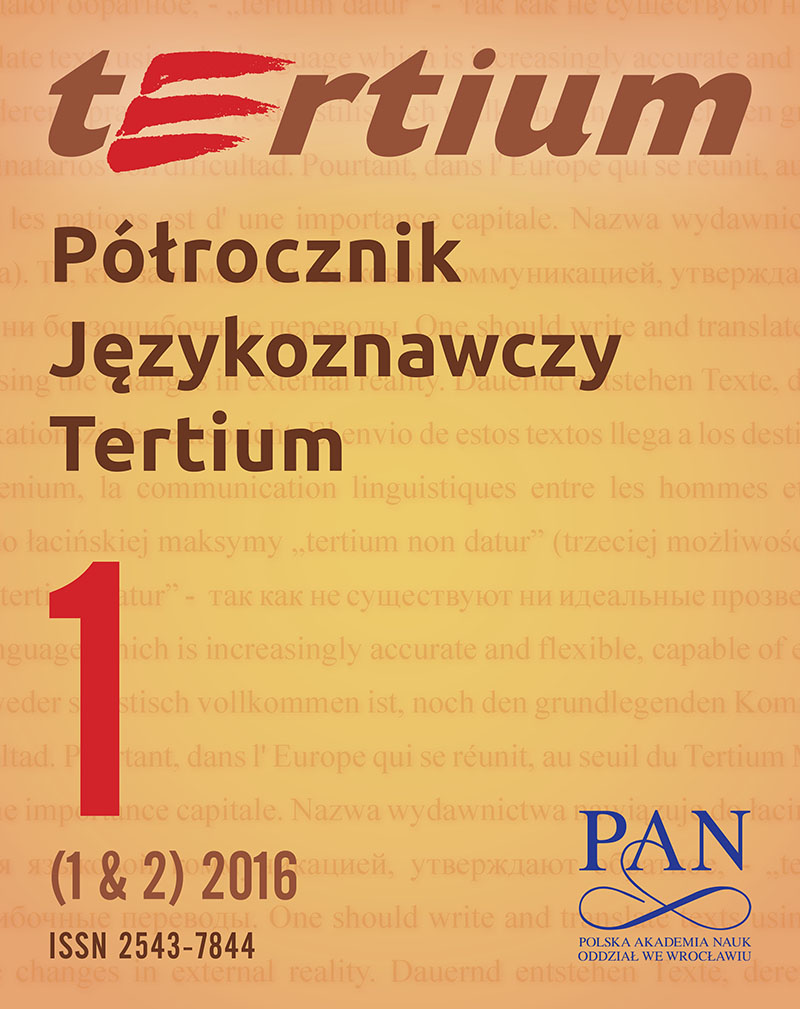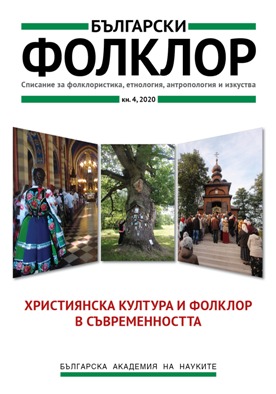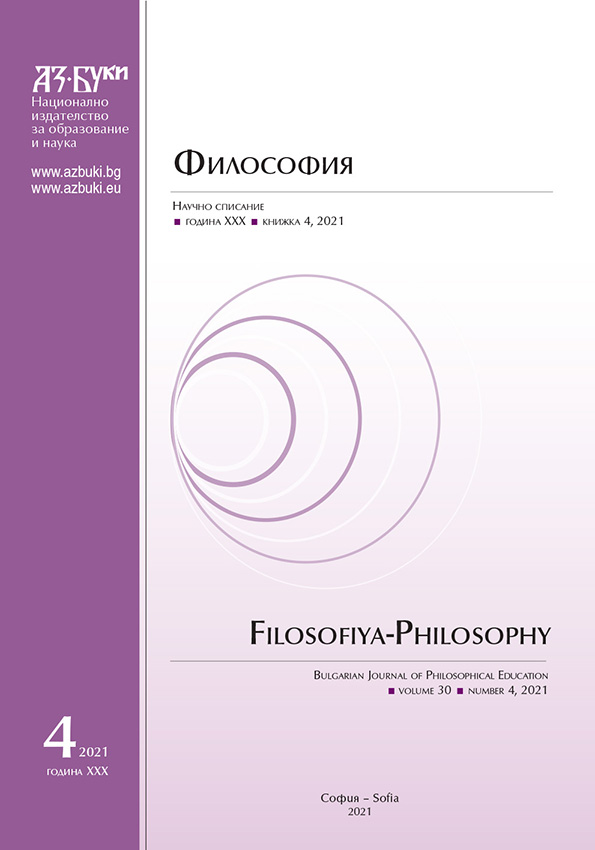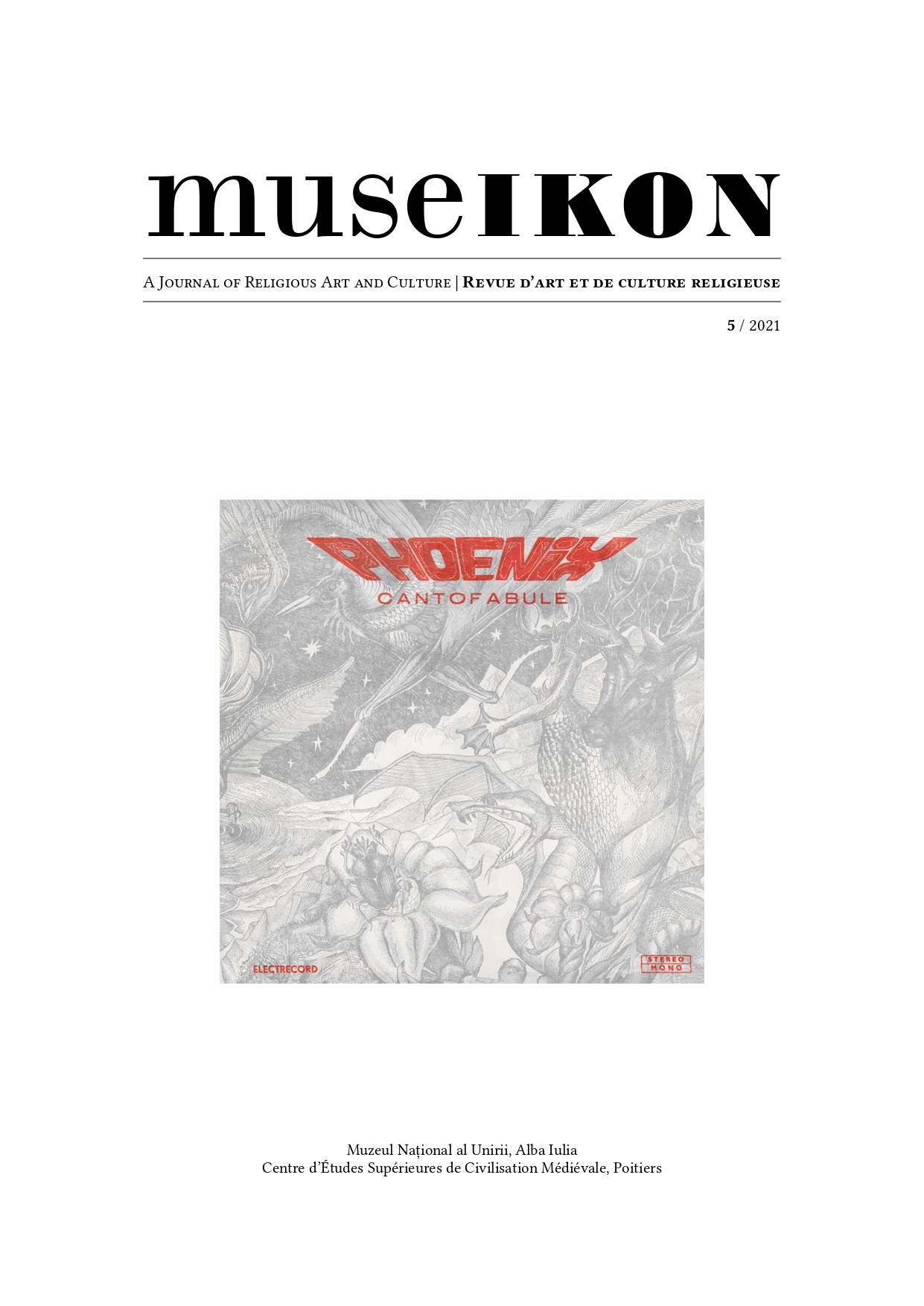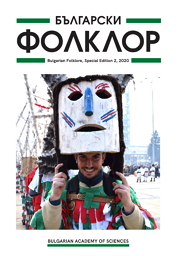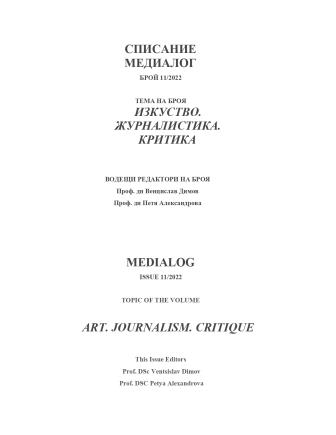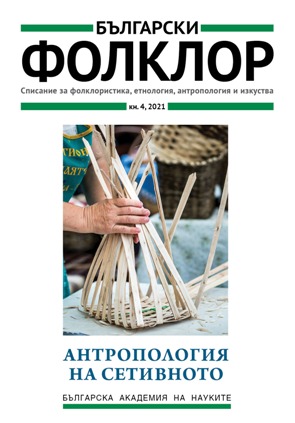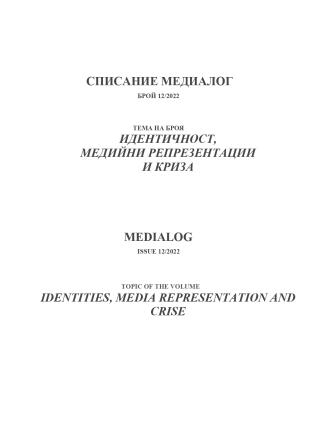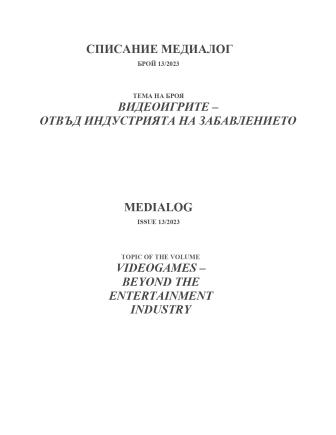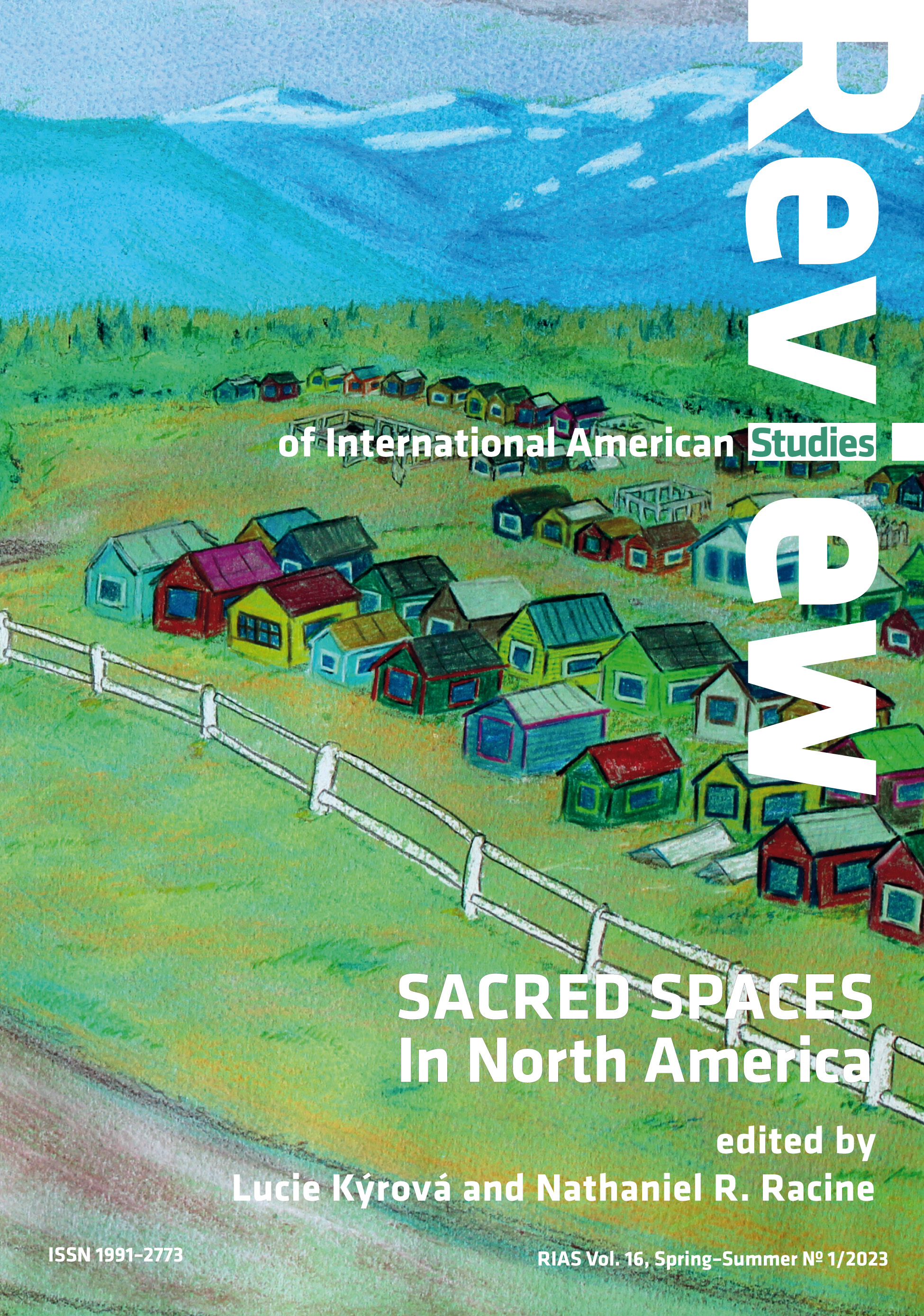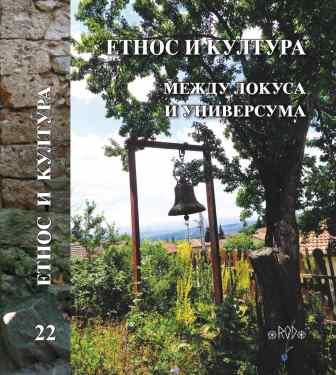Author(s): Panayotis Katsafados / Language(s): English
Issue: 4/2020
L’église de Saint-Georges à Karinia (Magne intérieur, Laconie, Péloponnèse) a été peinte en 1281. La présente étude est consacrée à l’analyse d’une représentation très rare des Maccabées ; de celle, grandeur nature, du couple de ktètors ; de trois inscriptions fragmentaires ; et d’un aigle héraldique peint dans l’axe du sanctuaire. Cet aigle d’inspiration évidemment occidentale n’a pas de correspondant dans la région. Les in*uences occidenta- les sont très faibles dans le Magne, occupé par les Latins pendant une brève période (1250-1262). Le programme iconographique de l’église est byzantin, témoignant sans doute d’une in*uence macédonienne. Saint Geor- ges ∆ΙΑCΟΡΙΤΗC est accompagné par l’enfant sauvé et saint Démétrius est identifié en rapport avec sa sépul- ture à Salonique : (Ο ΑΓΙΟC) ∆ΙΜΙΤΡΙΟC Ο ΕΝΤΕΘ[ΕΙ]C ΕΙC [ΘΕCC]Α /ΛΟΝΗΚΗΝ. Seule l’énorme représentation du groupe des Maccabées sur la paroi septentrionale pose problème. Le thème est rare, mais ce choix iconogra- phique peut être mise en rapport avec une communauté juive (ou de juifs chrétiens) a1estée par la présence de noms juifs dans une série d’inscriptions maniotes des 5Ie-5IIIe siècles. Malheureusement, une grande partie de l’Inscription A de Karinia, peinte sur l’architrave du templon, témoigne d’une destruction du type damnatio me-moriae. Les noms de l’empereur Michel VIII Paléologue (ΗΜων ΜΕΓΑΛΟΥ ΒΑCΙΛΕΟC) et du patriarche œcu-ménique Jean 5I Vekkos (ΑΡΧΙΕΡΑΤΕ[…] ΟΙΚΟΥΜ[…]) ont été détruits, de même que celui du métropolitain du Magne (Ο ΚΑΤΕΠΙCKΟΠΗC ΜΑΙΝΗC). Les seuls noms partiellement conservés sont celui d’un certain fteonikon, sacellaire d’un archevêché inconnu ([.]Ε[.]ΝΙΚΟΝΟC ΤΟΥ. Κ(ΑΙ) CΑΚ[…] ΕΠΙΣΚΟΠΗC) et le nom du peintre Georges(ΓΕω/[…]) dans le module chronologique, suivi par l’année (6789 = 1281), le mois et le jour ([..]ΝΗ ΜΑΡΤ΄Ϊω ΕΙCΤ(ΙC) ∆~ Η[…] / ΕΤ(ΟΥC) Я~ Ψ Π~ Θ~ :~), voire par le signe de l’indiction. L’Inscription B, peinte au-dessus de la repré- sentation des ktètors, mentionne l’archiprêtre Démétrius et son père Michel (ΚΑΓω` ∆ΙΜΗ΄Τ[ΡH]ΟΣ ΙΕΡ(ε)ασ Κ(ΑΙ`) Α~ΠΑΠΑC. υιKσ ΜΙΧΑΗΛ ΤΟΥ ∆ΕΥ[ΤΕ]ΡΕΒΟΝ/ΤΟC), le dernier étant probablement représenté dans le por-trait votif. Lant à l’Inscription C, très eMacée, elle constitue une prière de Michel et de son épouse. La compa- raison de ces inscriptions fragmentaires avec d’autres inscriptions contemporaines, peintes dans les églises de la région, permet la reconstitution d’une grande partie des données perdues. C’est en partant de ces acquis que l’analyse de l’aigle héraldique du sanctuaire doit être faite. L’oiseau peut être interprété en clé iconographique (latine ou juive), commémorative (en rapport avec une sépulture), purement héraldique (témoignant de la pré- sence d’une autorité latine) ou purement ornementale (comme une conséquence de l’évolution du registre infé- rieur de peintures). Formellement, l’aigle de Karinia n’appartient pas à la catégorie d’aigles byzantins utilisés pour désigner l’empereur. Il a été copié d’après un modèle occidental. Cela ouvre la voie à quatre interprétations possibles : 1-2) symbole impérial byzantin adapté (pour des raisons variables) à partir d’un prototype occidental (avec ou sans rapport avec une communauté locale juive) ; 3-4) témoin d’une présence latine après le Deuxième Concile de Lyon, 1274 (avec ou sans rapport avec ce1e même communauté). Le choix de représenter cet aigle ne pouvait pas être fait par le peintre Georges, qui peut être identifié avec Georges Konstantinianos, peintre local de l’église de Polemitas. L’aigle, les Maccabées et les inscriptions qui accompagnent les saints militaires té- moignent d’un niveau culturel éclectique de l’élite locale. Ce choix culturel pourrait être a1ribué à Michel, ostiaire de l’archevêché du Magne. Son fils Démétrius aurait pu poursuivre un telle initiative après la mort de son père. Lelque temps après (post-1282) les noms des personnes liés à l’Union de Lyon ont été eMacés.
More...
